Start date December 1944 | ||
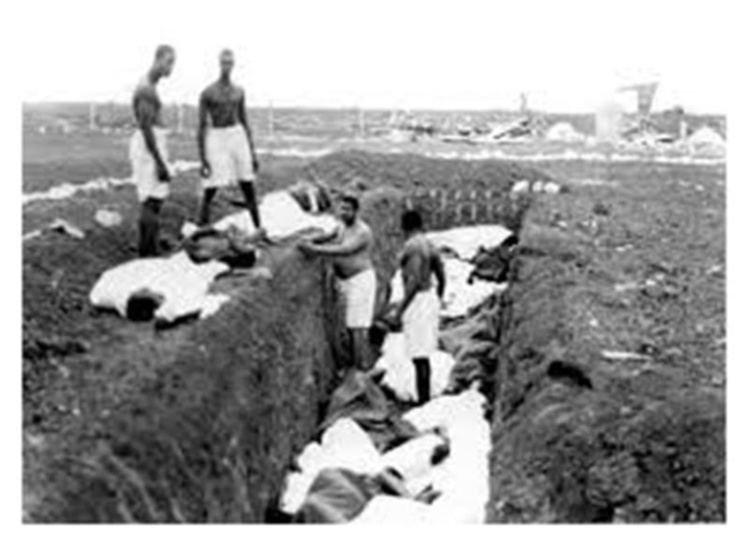 | ||
The Thiaroye massacre (French: Massacre de Thiaroye) was the mutiny and subsequent deaths of a number of French West African troops, shot by French forces on the night of 30 November to 1 December 1944. West African volunteers and conscripts of the Tirailleurs Sénégalais units of the French army mutinied against poor conditions and revocation of pay at the Thiaroye camp, on the outskirts of Dakar, Senegal. The mutiny is seen as an indictment of the colonial system and constituted a watershed for the nationalist movement.
Contents
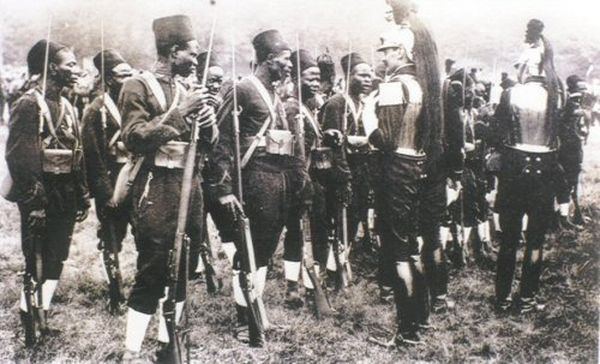
Background
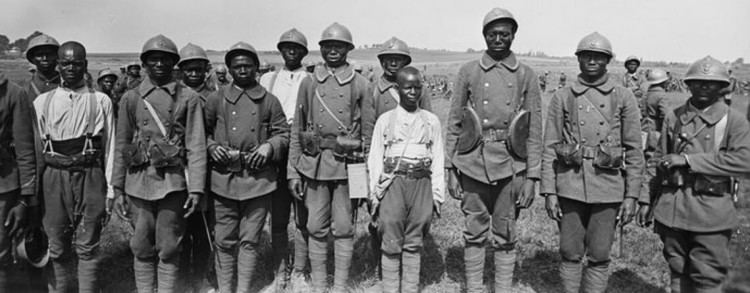
As colonial subjects, tirailleurs (colonial infantry) were not awarded the same pensions as their French (European) fellow soldiers during and after World War II, pensions that had been promised to them at the beginning of the war. The pensions for veterans of both races were calculated on the basis of living costs in their countries of birth, supposedly lower in colonies than in metropolitan France. These soldiers additionally claimed they were owed back pay due to an order issued by the Minister of Colonies authorizing benefits for ex-prisoners of war from West Africa, which both fell short of the benefits given to French prisoners of war and was in any case not implemented. This discrimination led to a mutiny by about 1,300 Senegalese tirailleurs at Camp Thiaroye on 30 November 1944. The tirailleurs involved were former prisoners of war who had been repatriated to West Africa and placed in a holding camp awaiting discharge. They demonstrated in protest against the failure of the French authorities to pay salary arrears and discharge allowances. An immediate grievance was the unfavorable exchange rate applied to currency brought back by the repatriated soldiers from France. A French general, briefly held by the tirailleurs, promised to have the rate changed to a par with that applicable to white veterans.
Suppression
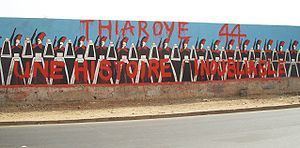
Early the following morning French soldiers guarding the camp opened fire killing between thirty-five and seventy African soldiers. The French provisional government of Charles de Gaulle, concerned at the impact of the Thiaroye incident on still-serving tirailleurs, acted quickly to ensure that claims for back pay and other monies owing were settled.
Aftermath
In March 1945 a military tribunal sentenced some of the survivors to ten years in prison.

After the war ended, the French argued that the tirailleurs were particularly prone to revolt. The French based this claim on the notion that German soldiers, in an attempt to undermine the loyalty of France’s colonial subjects in Africa, had given the tirailleurs favored treatment as prisoners of war. This ostensibly good treatment of tirailleurs in prisoner of war camps was not, however, based in fact.
In popular fiction
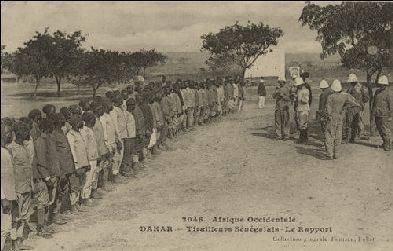
Senegalese author and filmmaker Ousmane Sembène, directed a film, Camp de Thiaroye, documenting the events leading up to the Thiaroye massacre, as well as the massacre itself. The film is considered historical fiction, as the characters are not necessarily based on actual tirailleurs who were killed. The film received positive reviews at the time it was released and continues to be heralded by scholars as an important historical documentation of the Thiaroye massacre. The movie was banned in France for over a decade.
